Best way to add calcium?
trant
15 years ago
Featured Answer
Sort by:Oldest
Comments (29)
trant
15 years agoRelated Professionals
New Bedford Landscape Architects & Landscape Designers · Brooklyn Park Landscape Contractors · Cerritos Landscape Contractors · Cudahy Landscape Contractors · Eustis Landscape Contractors · Franklin Landscape Contractors · Holland Landscape Contractors · Kailua Landscape Contractors · Mastic Beach Landscape Contractors · Paramus Landscape Contractors · Wanaque Landscape Contractors · Lauderdale Lakes Landscape Contractors · Norridge Landscape Contractors · Palos Heights Landscape Contractors · Wauconda Driveway Installation & Maintenanceeaglesgarden
15 years agocaligardener916
15 years agolilydude
15 years agotrant
15 years agopetzold6596
15 years agoroper2008
15 years agojustaguy2
15 years agodigdirt2
15 years agolaceyvail 6A, WV
15 years agokeithondelmarva
15 years agomudflapper
15 years agollaz
15 years agorj_hythloday
15 years agothefarmguy
15 years agofarmerdilla
15 years agoburro
15 years agosusaneden
15 years agoglib
15 years agobutchfomby
11 years agoRaw_Nature
11 years agodigdirt2
11 years agoMasbustelo
11 years agoRaw_Nature
11 years agonc_crn
11 years agoRaw_Nature
11 years agochaman
11 years agopnbrown
10 years ago
Related Stories

KITCHEN DESIGN13 Ways to Add a Plate Rack to Your Kitchen
See Why Plate Racks Are the Best Way to Store Everyday Dishes
Full Story
COLORFun and Easy Ways to add Color to White Spaces
Leave your walls white and add color and interest with art, furniture and other accents
Full Story
SHOP HOUZZShop Houzz: 5 Quick Ways to Add a Shot of Color
From the windows to the walls and floors, these punchy accents and decor will spice up your place
Full Story0
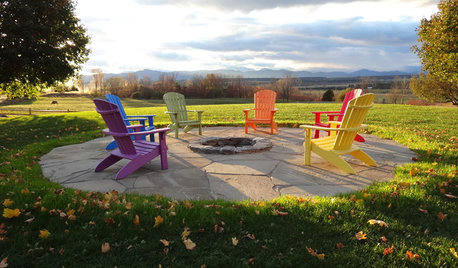
COLOR12 Simple Ways to Add Color to Your Outdoor Space
Bring your landscape to life with colorful details such as furniture, pots and plantings
Full Story
DECORATING GUIDES10 Ways to Add Wow to Your Home
Try one of these ideas to punch up a space without breaking the bank
Full Story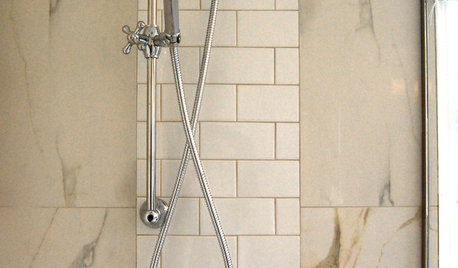
REMODELING GUIDES9 Ways Grout–Yes, Grout–Can Add to Your Design
Choose From a Palette of Grout Colors for a Warm, Unified Look
Full Story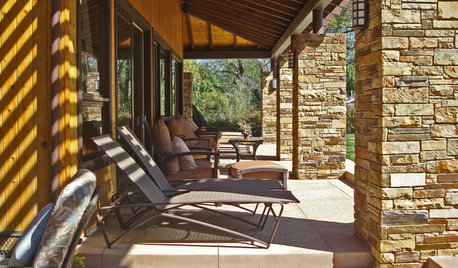
REMODELING GUIDES12 Ways to Add Beautiful Stone to Your Home
Rock Your House or Landscape With an Element From Nature
Full Story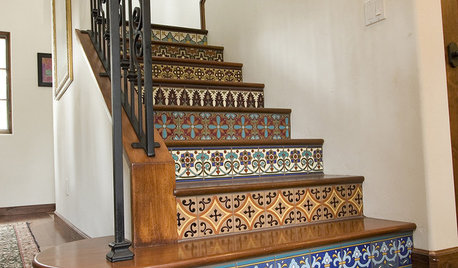
DECORATING STYLES7 Ways to Add Mediterranean Elegance to Your Home
Embrace the easy style and romance of the Mediterranean through color, texture, classic accents, and light
Full Story
KITCHEN DESIGN9 Ways to Add Color to a Kitchen
Give yourself permission to go with the colors you love in the heart of your home
Full Story





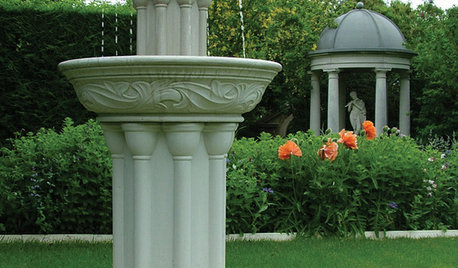

bejay9_10